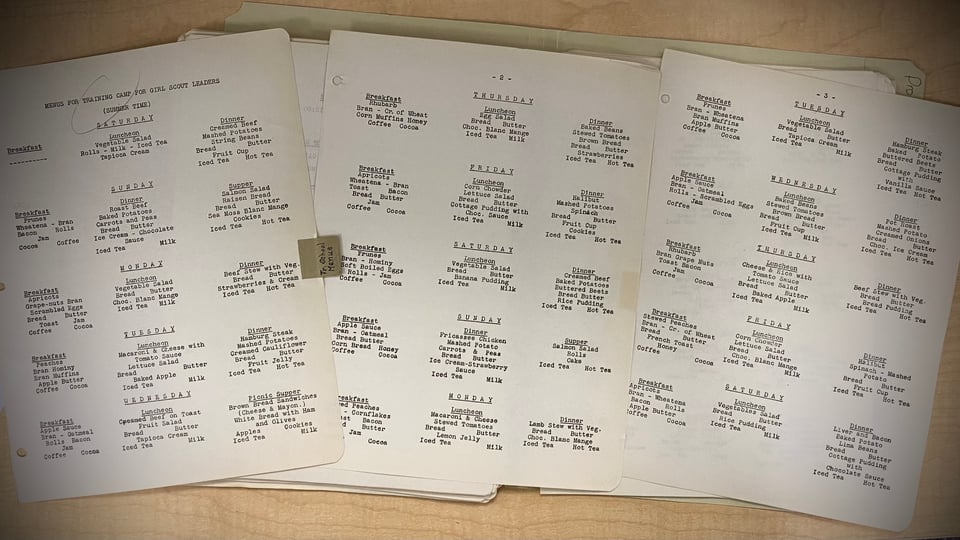BONUS | Process II

Behind-the-scenes episodes have become a standard method to feed the streaming platform beasties, and the leftovers from most projects now go from digital compost to fan fuel.
Text doesn’t lend itself to that conversion, but I still wish more outlets revealed the work behind their written stories. I admire the annotation series from Storyboard as one of the few attempts.
Here’s a mini version from my National Geographic story in celebration of National S’mores Day today.
“…and by the end of 1925, Girl Scouts in at least 22 states — coast to coast, and from the Great Lakes to the Gulf — had assembled the trio of ingredients around campfires, office stoves, and electric toasters using everything from wood sticks to steel knitting needles.”
That sentence took me three months to write. More accurately, I could only write that sentence after three months of intense research that demonstrated 1925 was the breakout year for the now-legendary dessert.
That search depended on historical newspapers, and the digitization tech relies on optical character recognition. OCR takes a scan of a page — a visual image — and renders the text searchable. The results range from miraculous to goofy.
Actual OCR misreads that I saw for s’more: there’s more, 318 more, smoke, 3 acre.
But even the messy returns weren’t helpful because s’mores was not the original name. They were first called “somemore.” So now I needed to find a nightmare collision of two common words.
Ok, so how did I uncover examples of somemores in almost half the country when most databases show less than a handful of results for 1925? Follow along with this example and apply the lessons to your own successful searches.
SPELL WITH CARE
You probably already know to check spelling variants of names and add quotes to search phrases, but the quirks are important. One newspaper database I use recognizes plurals. Another does not. This is existentially important.LOOK AROUND
Think of digital archives searches like a total solar eclipse: you can’t see the sun, but you can spot the stuff around it, which is how you know the sun is there. “Somemore” returns tens of thousands of irrelevant entries, yet there are distinctive, related words/phrases you can add to narrow the list. Graham cracker(s), chocolate, marshmallow(s), Girl Scout(s). Focus on words that appear in results with your desired search term, then leverage those to guide the next iteration.THINK LIKE THE COMPUTER
But newspaper columns are thin! Long words get hyphenated, or even cut off, and OCR is more likely to miss them. Use shorter context clues where possible. Kabobs appear in several news stories with somemores. Bingo. “Kabob(s)” is five/six letters and includes distinctive characters, a more successful OCR word than “somemore” or “marshmallow,” which imaging programs can interpret in many incorrect ways: s=3, o=c, m=rn, ll=11, w=vv.TRY, TRY AGAIN
[“Girl Scout(s)” kabob(s)] was one of my most successful combos for uncovering examples of somemores that nobody else has laid eyes on, at least not in 100 years. That arrangement of search terms was in a mix of more than five or six dozen, though.YES, AGAIN
Persistence (time) is the key that unlocks discoveries in the archives. One combination of words that I tried yielded 1,181 entries. I clicked through them all. On the second-to-last page, I found an example of somemores in a state that I hadn’t yet seen, another important data point on my timeline. Archives, like poetry, cannot be skimmed.
—
This newsletter was written on the traditional lands of the Piscataway and Nacotchtank.